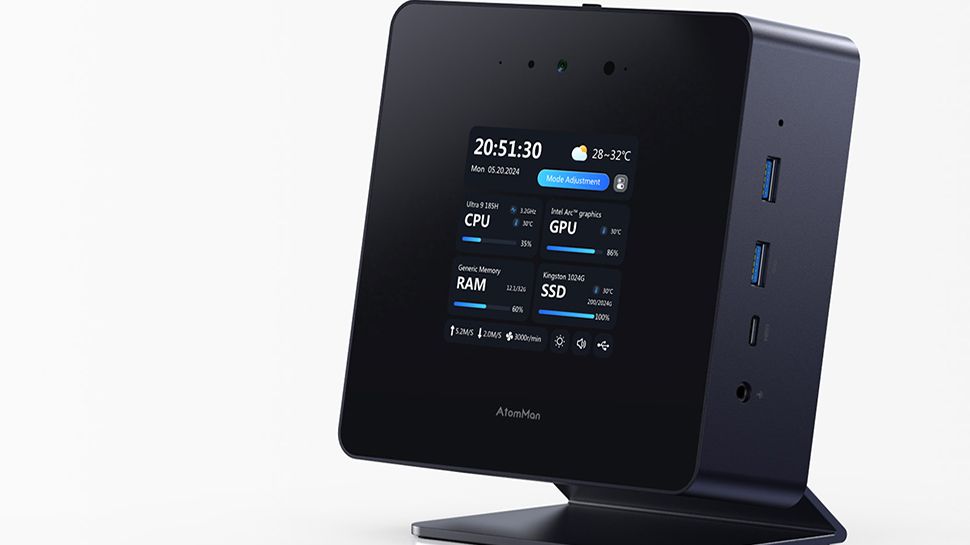The endless debate over remote, hybrid, or in-person workplace models misses a critical point: Regardless of where people work, we are in a new digital era that transforms the way they work. The best practices that sufficed in the past are no longer sufficient. And your IT team is feeling the burden big time.
IT workers face an avalanche of constantly evolving tasks related to users, endpoints, data, networks, and other dispersed assets. Even if your team works in person full time, they still log in from home, often on personal devices. The number of employee requests for device issues has skyrocketed. There's a lot to do, and given the global shortage of skilled IT workers, there aren't enough people to do it.
In a large survey of IT and security professionals, 31% say a colleague quit due to burnout. Additionally, 47% say they feel harassed by too many digital notifications, 42% have too many tools to manage and 39% say they have too many logins.
And these are IT and security professionals. If the most tech-savvy people in your organization struggle with technology stress, it's safe to assume the problem is widespread.
In all departments, employees are fed up with long waits to resolve problems. They are tired of jumping through digital hoops. They need the right tools and resources. That fight has a ripple effect throughout the organization. When the right tools and resources are not available, productivity suffers. Morale suffers. Retention rates suffer. Security posture is affected. The final result suffers.
Let's fix it.
Senior Vice President of Product Management for Secure Unified Endpoint Management at Ivanti.
The critical role of the digital employee experience (DEX)
The key to addressing workplace challenges in the new digital and multimodal era is to focus on digital employee experience (DEX), which is the practice of using technology to design intuitive and effective digital experiences for employees.
A strong DEX features fewer logins, fewer hoops to jump through, less downtime, easier-to-use apps, consistent digital experiences, and streamlined support.
Effective DEX management combats all of the issues listed above, helping to positively impact an organization's security posture, talent retention, morale, and productivity, all while easing the burden on IT professionals.
What is at stake if we don't improve DEX?
DEX seems like a no-brainer as an investment, but it's still just that: an investment. Cost is the most frequently cited factor why organizations fall behind in DEX initiatives. But they are still losing money. According to IDC, organizations will have spent nearly $1 billion on “Future of Work” activities in 2023, an increase of nearly 20% from 2022.
Despite the expense, research shows that 56% of companies do not have a high level of buy-in from senior management for DEX initiatives, and 52% say DEX is not always a consideration when purchasing new technology .
Investing in “Future of Work” initiatives that exclude DEX is dangerous. The potential consequences extend beyond wasted funds and lower productivity. Lack of focus on DEX can lead to IT professionals and other employees using shortcuts and risky workarounds that can lead to outsized organizational risks. Among IT and security professionals, research reveals that:
30% store passwords in unauthorized applications or paper.
54% request to skip security protocols.
35% admit to opening work applications on personal devices.
31% use a personal email account for work communications.
Again, remember this is coming from the professionals charged with keeping your organization safe. And this is only what people are willing to admit.
The Solution: How to Improve DEX and Your Business Performance
DEX is the clear solution. How do you get there? To start, develop the framework for a holistic DEX measure. DEX tracking allows businesses to identify areas that need attention and investment.
DEX benchmarking and improvement comes down to one word: automation.
Automation is already being implemented in many companies as part of digital transformation initiatives. An automated DEX management program could detect anomalies and breaches, informing IT and security professionals when there is a problem. Still, many automated solutions rely too much on reactivity.
The real solution lies in proactivity. DEX management can be part of a comprehensive end-to-end hyperautomation platform. This should include a solution that discovers, maps, manages and remediates all assets, even when they are offline. You should be able to anticipate errors and predict downtime. You should prioritize remediation based on risk. It should measure and flag problems across various systems, devices, and people.
And here's the kicker: the most value-added automated solutions should work seamlessly behind the scenes, solving problems before humans are involved or even aware of the problem. That's where DEX really improves. Instead of an endless queue of support tickets, IT and security professionals can focus on high-value tasks that move the business forward.
These hyper-automated solutions exist, but adoption rates must skyrocket to avoid further burnout, turnover, lost productivity, and security risks. According to research, only 43% say their company uses an endpoint management solution to track IT assets. Everyone else is left wondering.
It's worth repeating: the debate over remote, hybrid, and in-person work misses the point. Regardless of the workplace model, users and assets are used outside traditional perimeters. The lines between personal and professional devices and apps are blurred. When users don't have the tools and resources they need to do their jobs well, they look for workarounds or simply stop working.
DEX cannot be an afterthought. Not investing in DEX upfront results in wasted money on the resulting problems. More advantages! More recruiters! Monitor mouse activity! It's time to move from reactivity to proactivity. Solve problems before they start. If you don't do it, your competitors will.
We have introduced the best IT management tool.
This article was produced as part of TechRadarPro's Expert Insights channel, where we feature the best and brightest minds in today's tech industry. The views expressed here are those of the author and are not necessarily those of TechRadarPro or Future plc. If you are interested in contributing, find out more here:









